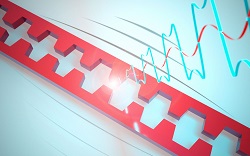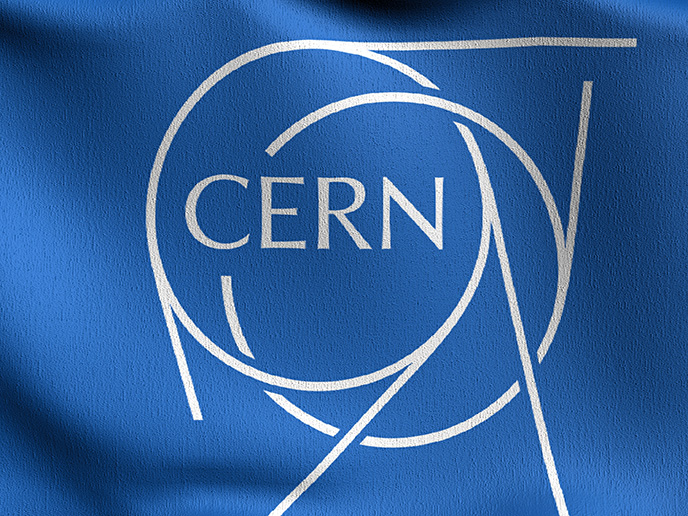Multi-leg calculations for LHC
Despite the success of the standard model of particle physics, it is widely believed that this theory of how the fundamental building blocks of matter interact cannot be valid for all energies. The LHC experiments probe the teraelectronvolt scale where the appearance of physics beyond the standard model is expected. In the measurements, many interesting signatures also involve more than two particles in the final state of scattering reactions. But precise theoretical predictions for such multi-leg processes are not a trivial task. EU-funded scientists applied new methods to obtain predictions for processes involving vector bosons and the top quark. Within the project MULTI-LEG@LHC (Multi-leg precision calculations and advanced phenomenology in the LHC era), they focused on important background processes to the Higgs boson production in association with a jet as well as new physics searches at the LHC. The scientists computed both virtual and real corrections to these processes that formed the basis for obtaining NLO predictions. In addition, approximate results with next-to-next-to-leading-order (NNLO) quantum chromodynamics (QCD) were derived for the production of four-lepton final states. Resulting analytic expressions were generated with highly automated routines that extend existing Monte Carlo simulation programs and link them to software libraries for approximating NNLO predictions. These can be employed for computations of differential cross-sections of phenomenological interest. MULTI-LEG@LHC results indicate that QCD corrections are sizeable and should be taken into account in experimental studies for the LHC. Only then will scientists be able to verify or falsify reliably different models that have been constructed beyond the standard model.






